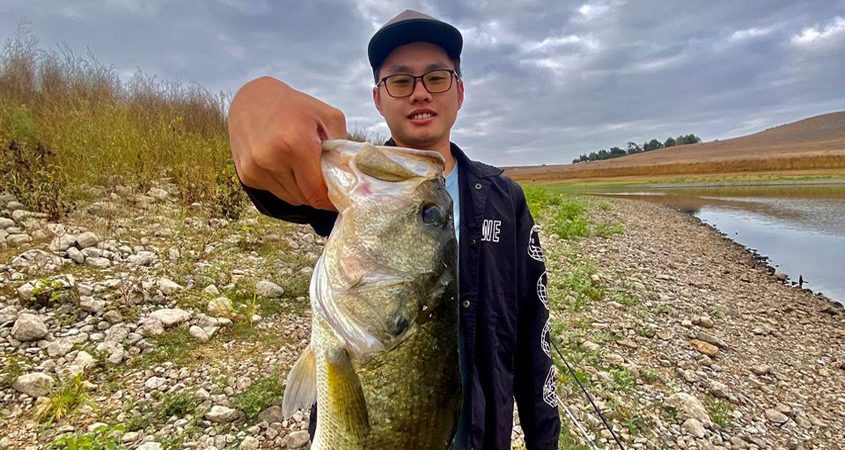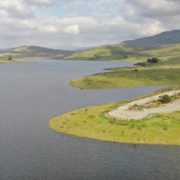The Sweetwater Reservoir now offers “Free Fishing Sundays” through the Sweetwater Authority’s Reservoir Recreation Program. Free access weekly on Sundays will continue through the end of 2023.
Located at the eastern edge of Bonita, Sweetwater Reservoir’s Recreation Program is easily accessible to the water agency’s customers. The program offers outdoor activities including 2.5 miles of shoreline fishing, and a riding and hiking trail operated by the County of San Diego.
Beginning March 1, program hours are 7 a.m. to 5 p.m. The entrance is at 3203 Summit Meadow Road in Bonita. A valid California Department of Fish and Wildlife Fishing License is required. Regular fishing fees are still in effect on Fridays, Saturdays, and Mondays.
New program, free access
The new program extends this opportunity due to the recent closure of Loveland Reservoir to recreational use.
“We recognize that the recent closure of Loveland Reservoir has impacted recreation access,” said Authority Board Chair Hector Martinez. “We hope that by offering free access to the program on Sundays, customers and local residents will come out and enjoy these outdoor recreational activities located right here in our own community.”
A California Fishing License is required, and the Authority has established rules to ensure the protection of the water supply and sensitive habitats surrounding its reservoirs. For more information on current hours, fees, and safety, visit www.sweetwater.org/fishing.
San Diego County lakes prized for freshwater fishing

A happy angler shows off his catch at the Sweetwater Reservoir. Photo: Fishbrain.com
San Diego County’s freshwater fishing in area reservoirs and lakes managed by the region’s water agencies attracts experts and beginners alike. Eighteen of the County’s 24 reservoirs allow fishing, including the 960-acre Sweetwater Reservoir.
According to FishedThat.com, Sweetwater Reservoir is rated among San Diego County’s top three freshwater fishing locations. Fish available in the reservoir include carp, largemouth bass, bluegill, red-eared sunfish, channel catfish, and crappie.
Fifth-grade students in the Sweetwater service area were also provided free fishing passes for the year through their schools.
Primarily a local water supply for the Sweetwater Authority’s 200,000 customers in National City, Chula Vista, and Bonita, the agency has created recreational opportunities at the reservoir including fishing programs and a riding and hiking trail, operated by the County of San Diego.
(Editor’s note: The Sweetwater Authority is one of the San Diego County Water Authority’s 24 member agencies that deliver water across the San Diego County region.)



 Sweetwater Authority Logo 2019
Sweetwater Authority Logo 2019

